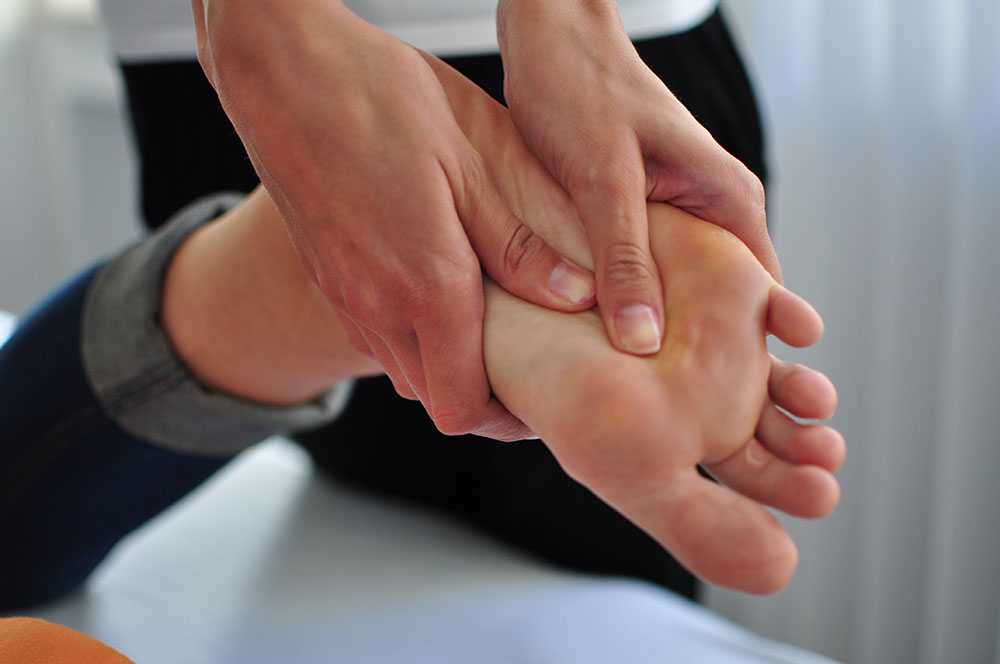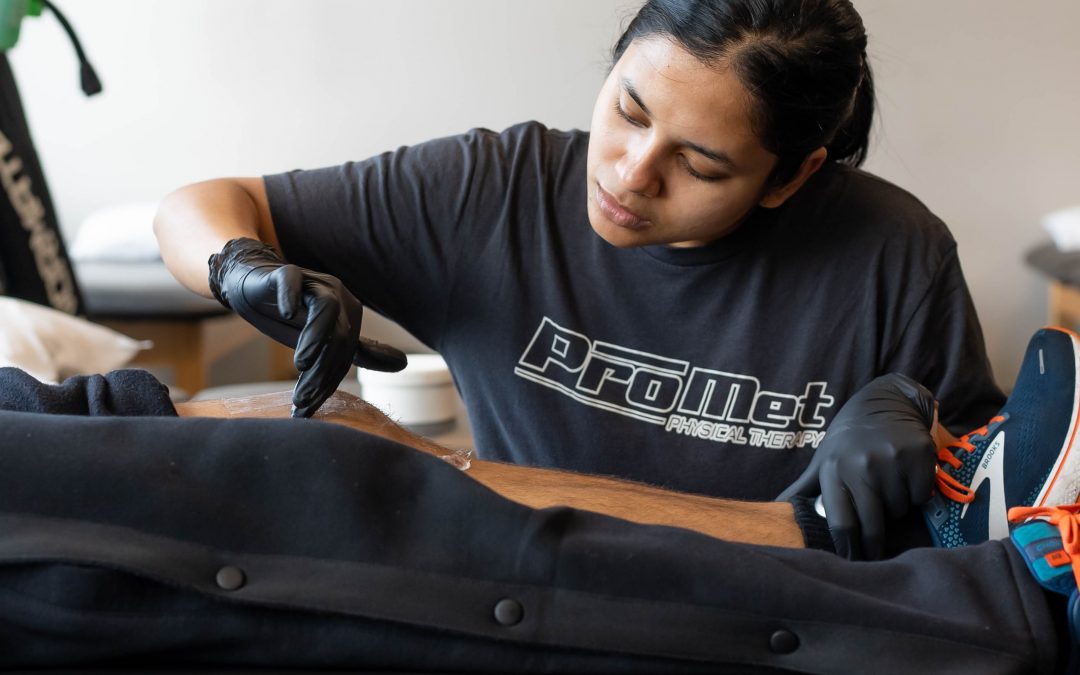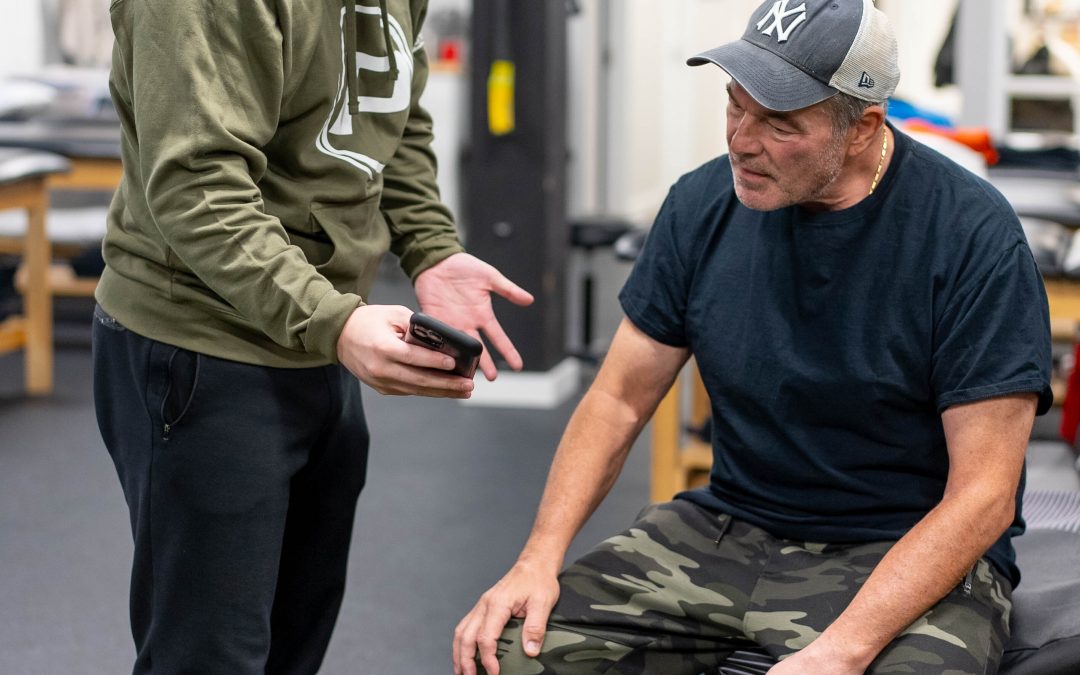The Achilles tendon is a piece of strong, fibrous tissue at the back of your ankle that connects the muscles of your calf to your heel. It is the largest tendon in your body and extremely important for walking, running and jumping.
This tendon can be torn/ruptured due to a strong and sudden force placed upon it. It can also be injured over time due to repetitive stress. Whatever the cause, if indicated surgery may be performed to repair the tendon. Rehabilitation from an achilles repair is vital to ensuring successful return to movement and activity.
What to Expect Following Your Procedure:
- Phase 1 (Weeks 0 – 2)
- During the first two weeks after surgery, you will be given crutches to walk as you cannot put any weight into the foot at this time (Non-Weight Bearing)
- You will also be placed in a Plantarflexion Splint. This is to keep your foot in a pointed (plantarflexed) position to prevent overstretching of the repaired achilles tendon.
- Phase 2 (Weeks 2 – 6)
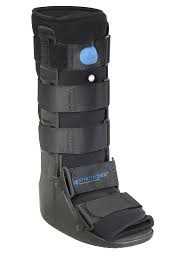
- At this time, you will now be considered Weight Bearing As Tolerated, which means that while wearing a CAM Boot with two wedges placed inside and beneath your heel, you can place as much weight onto your foot as you feel comfortable with. This means beginning to walk with just one crutch, and then eventually by no later than the 6th week, no crutches at all.
- The CAM boot with wedges should be worn at all times except in the shower or while under supervision of your Physical Therapist (PT)!
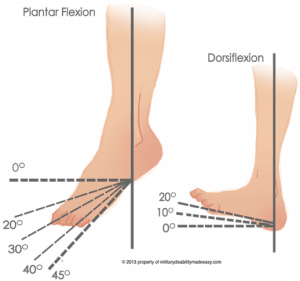 It is important to understand that your foot/ankle can move in 4 different directions. Your ankle can move down (“point” = Plantarflex), up (“flex” = Dorsiflex), inwards (Inversion) and outwards (Eversion).
It is important to understand that your foot/ankle can move in 4 different directions. Your ankle can move down (“point” = Plantarflex), up (“flex” = Dorsiflex), inwards (Inversion) and outwards (Eversion).
- During this phase of recovery your ankle SHOULD NOT surpass a neutral position (zero degrees of dorsiflexion.)
- All other movements are encouraged at this time!
- Attending Physical Therapy during this phase is extremely important. Your therapist will ensure proper healing of your surgical scar and show you ways to begin strengthening the ankle in a safe manner.
- Your therapist will also help you to remember when you can begin to remove the heel wedges from your CAM boot as you slowly return your ankle to its neutral position.
- Phase 3 (Weeks 6 – 12)
- At this point in time, you will finally be able to return to a sneaker…Exciting stuff! This also means that slowly over the next few weeks, you and your PT will begin to challenge and stretch the repaired tendon surpassed neutral. We hope to achieve full mobility (Range of Motion) of your ankle by the 12th
- Full Range of Motion is incredibility important to be able to walk properly, ascend/descend stairs and do most of your daily activities.
- Phase 4 (Months 3 – 6)
- You and your PT will continue to work hard towards increasing your strength, improving your balance and ability to perform quick movements.
- If all progresses along well and as expected…At weeks 12-14 you can begin a light jog, at 16 weeks you can perform running/cutting movements and at 5-6 months you can hopefully return to your desired sport!!
At ProMet PT, we will help to guide you carefully through this rehab process and get you back to where you want to be! Call one of our clinics in Glendale, Manhasset or Kew Gardens (soon to be Briarwood) today to get started!!
Katie Gili, DPT

